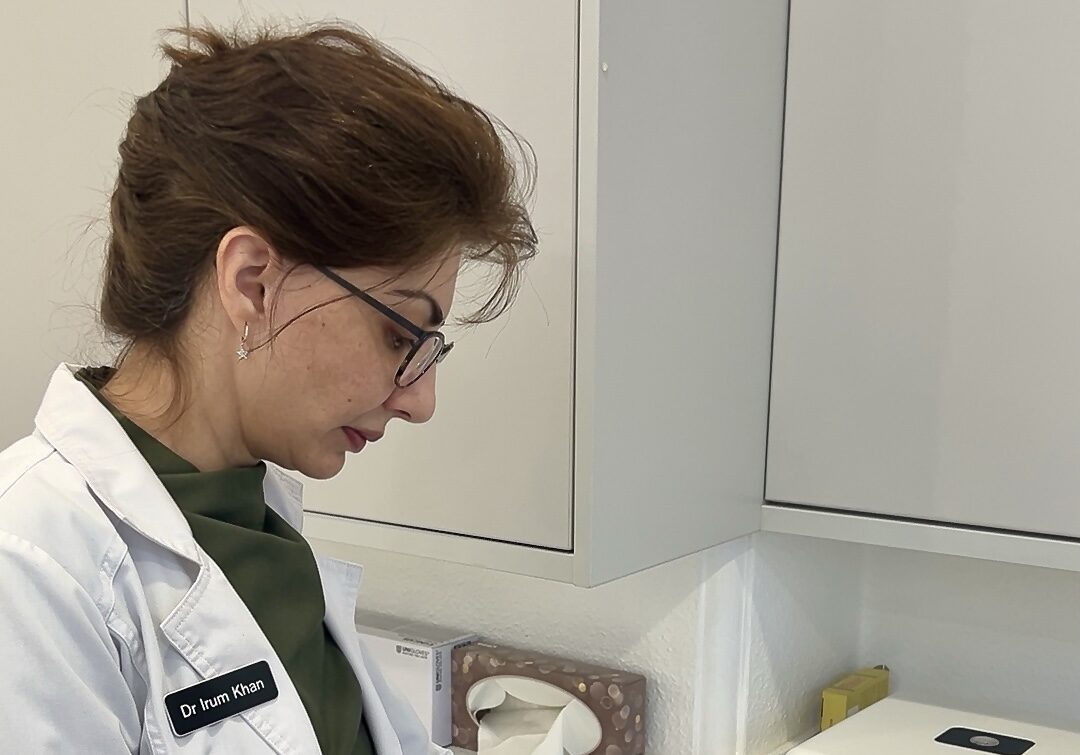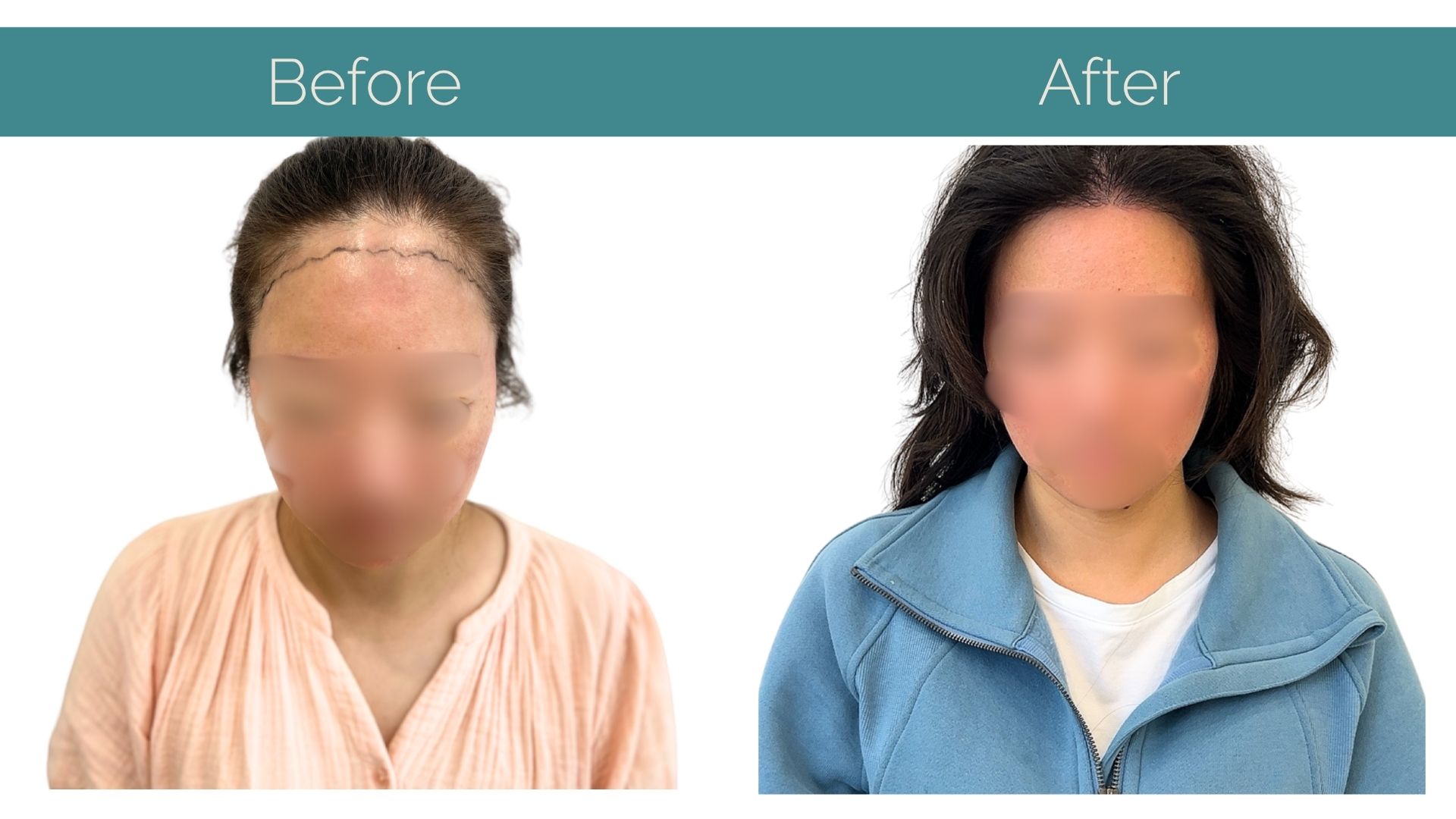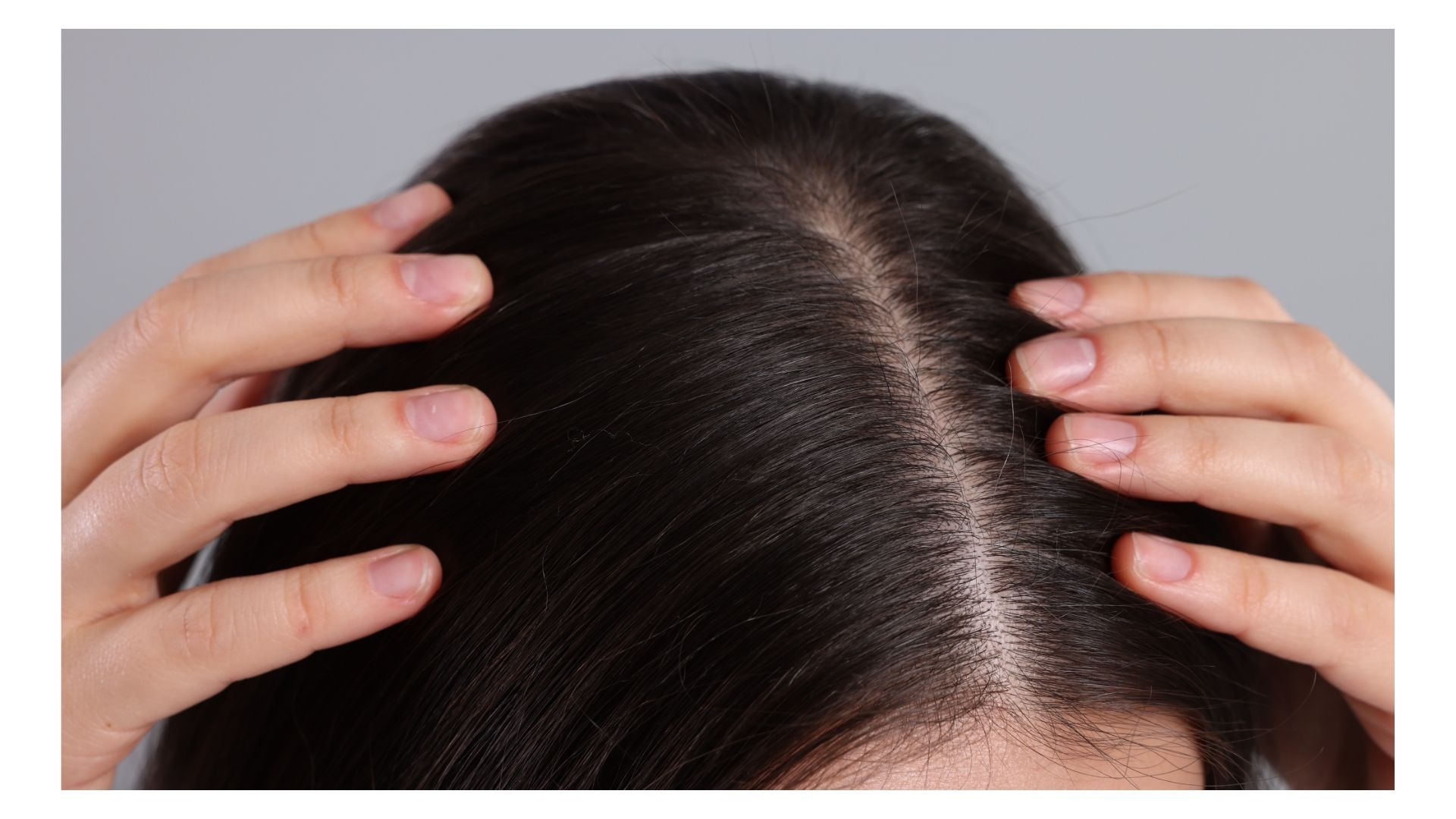For many, a visible scar on the scalp can be a source of self-consciousness. Hair transplants have long been a solution for baldness, but can they also work on scar tissue?
If you’ve been wondering whether a hair transplant could help cover a scar, here’s everything you need to know.
The Origins of Hair Transplants in Scar Treatment
Believe it or not, hair transplants were originally developed in dermatology as a way to cover scars.
The technique of implanting hairs from one part of the body to another was first used by skin specialists before it became a widely used solution for male pattern baldness and other forms of hair loss.
While most hair transplants are privately funded, there are cases where medical insurance may cover the cost – particularly if the procedure is needed to cover scars from previous surgeries, injuries, or burns.
If your scar is the result of a medical condition or accident, it’s worth checking with your insurance provider to see if they will contribute towards the cost of treatment.
How Does a Hair Transplant Work on Scar Tissue?
The procedure for transplanting hair onto a scar is essentially the same as a regular hair transplant.
Hair follicles are taken from a donor area – usually the back or sides of the head – and implanted into the scarred area. However, there is one key difference: scar tissue is not the same as healthy skin.
Scar tissue tends to be thicker, tougher, and has significantly reduced blood flow. Think of it as dry, barren land – it doesn’t provide the same level of nourishment that healthy skin does. As a result, implanted hair follicles have a lower success rate in scarred areas compared to regular scalp or even beard transplants.
That being said, a successful hair transplant on a scar is possible – but it requires the expertise of a highly skilled surgeon who understands how to work with scar tissue.
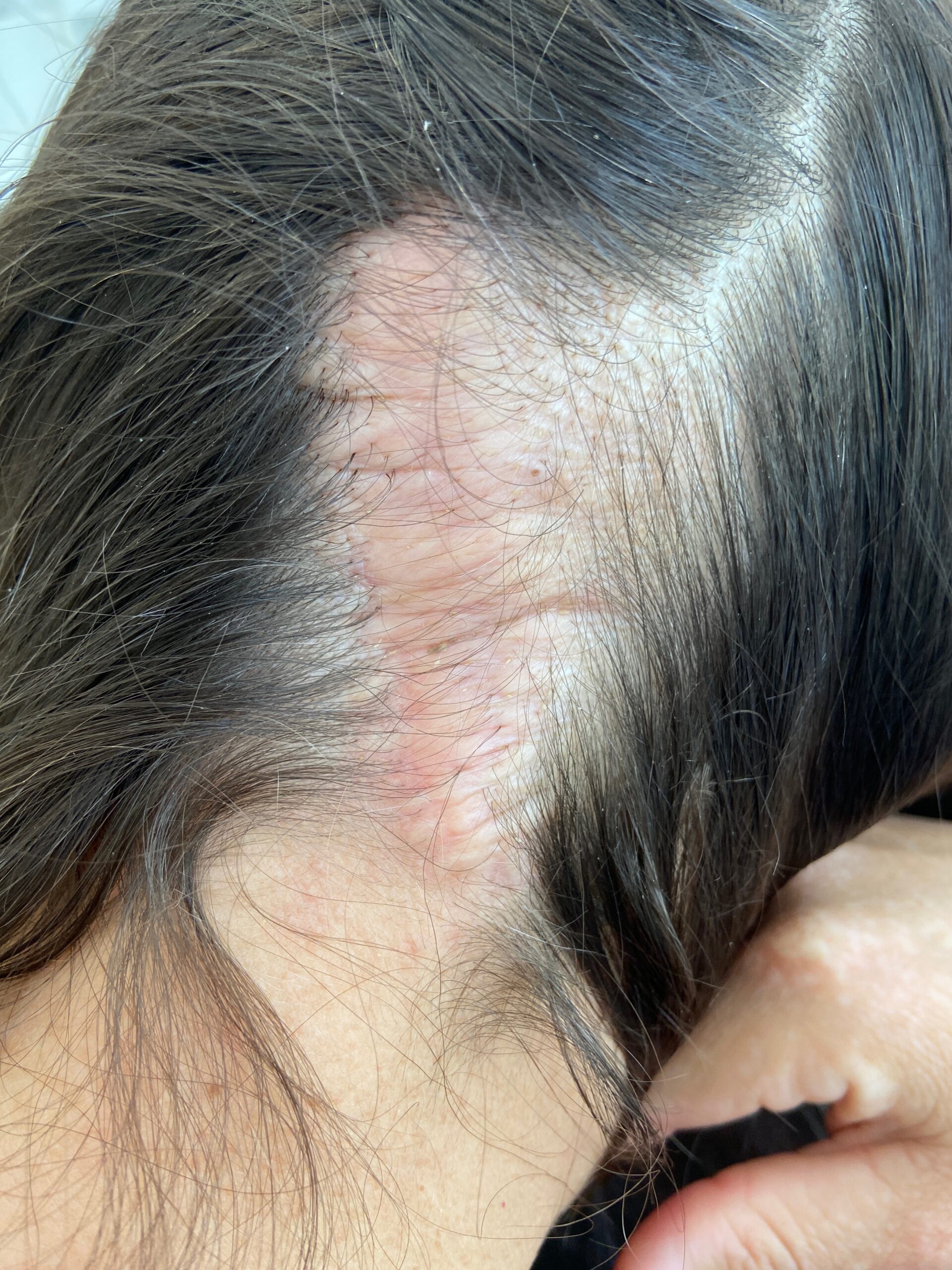
Challenges of Hair Transplant on Scar Tissue
One of the biggest challenges of transplanting hair into a scar is ensuring that the new follicles survive and grow. Because scar tissue has less blood circulation, the follicles struggle to receive the nutrients they need to thrive.
To improve the chances of success, surgeons need to:
Implant the follicles at a deeper level to reach better blood supply.
Use specialised tools designed to handle tougher scar tissue.
Incorporate additional treatments like Platelet-Rich Plasma (PRP) therapy to enhance blood flow to the transplanted area.
Can a Hair Transplant Completely Cover a Scar?
The answer depends on several factors, including the size, depth, and location of the scar, as well as the skill of the surgeon performing the procedure. A slightly raised or shallow scar has a much better chance of being successfully covered than a deep or highly fibrous one.
While a hair transplant can significantly reduce the visibility of a scar, it’s important to have realistic expectations. The density of hair in the transplanted area may not match the surrounding hair perfectly, but the right approach can make the scar much less noticeable.
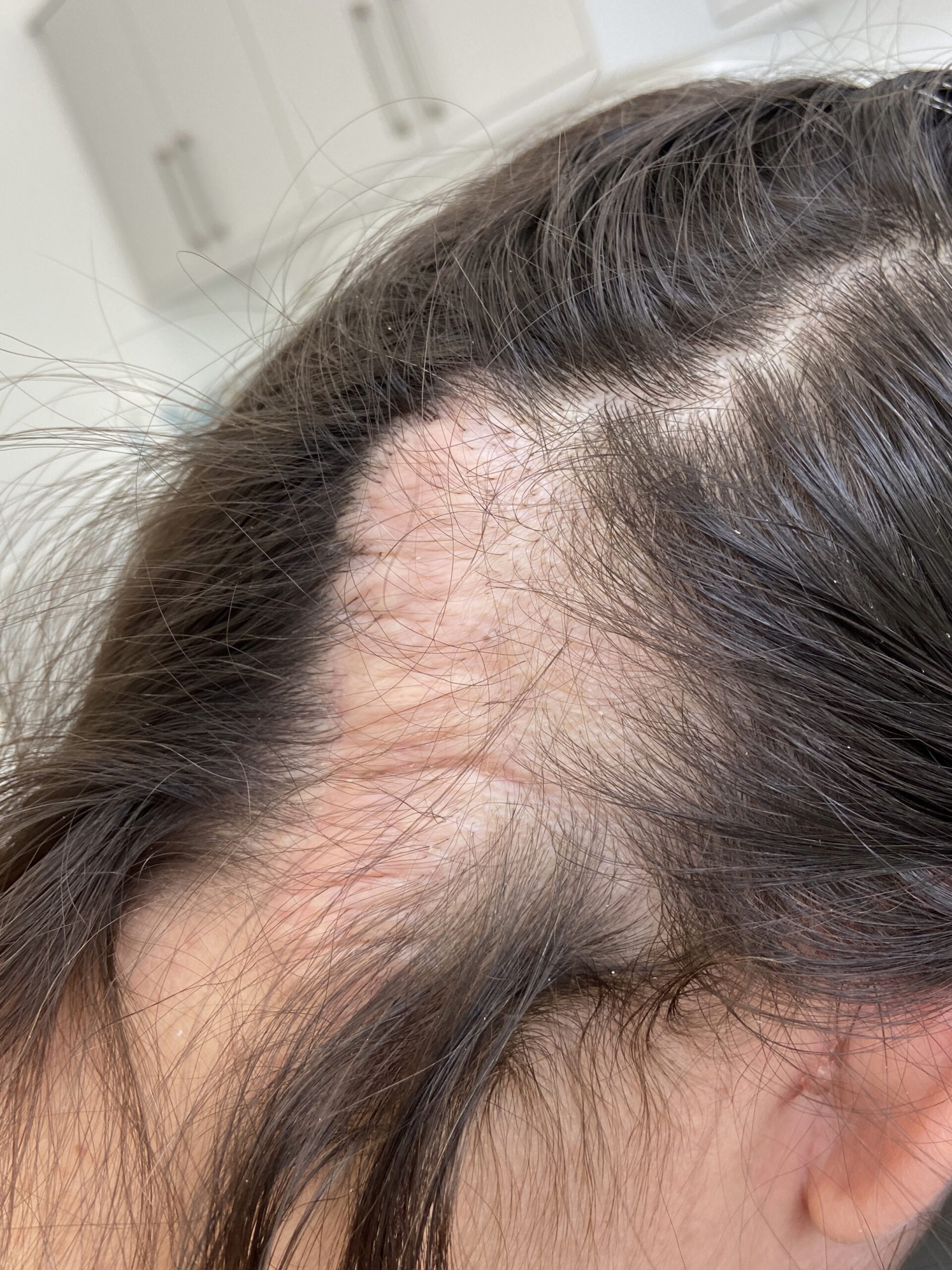
Choosing the Right Clinic for a Hair Transplant on Scars
If you’re considering a hair transplant to cover a scar, selecting the right clinic is crucial.
Not all hair transplant clinics specialise in treating scar tissue, so you’ll want to find one that has experience in this specific area.
IK Clinics is a leading choice for FUE hair transplants on scars. We use titanium-tipped implantation needles to precisely position follicles in the scarred region, ensuring better chances of survival and growth.
Additionally, we offer PRP therapy, a treatment that enhances blood flow to the implanted follicles, improving their ability to take root and thrive.
Final Thoughts
A hair transplant on scar tissue is absolutely possible, but it comes with unique challenges. The key is to work with an experienced surgeon who understands how to maximise the survival rate of implanted follicles in a less-than-ideal environment.
While the success rate is lower than in healthy skin, advancements in techniques and treatments like PRP therapy have significantly improved the outcomes.
If your scar is something that bothers you and you’re considering a transplant, it’s always best to consult with a specialist who can assess your individual case and guide you towards the best possible solution.
With the right approach, a hair transplant could help you move forward with some renewed confidence that you deserve.

About IK Clinics
At IK Clinics, we’re not afraid to say that we’re proud to lead the way. Our expert team, advanced technology, and commitment to patient care ensure you get the best experience from start to finish.
What’s more, we offer a range of services in hair restoration, like FUE, Stem-cell and Plasma Therapy, along with various anti-aging treatments. Get in touch to find out more or book a consultation.
